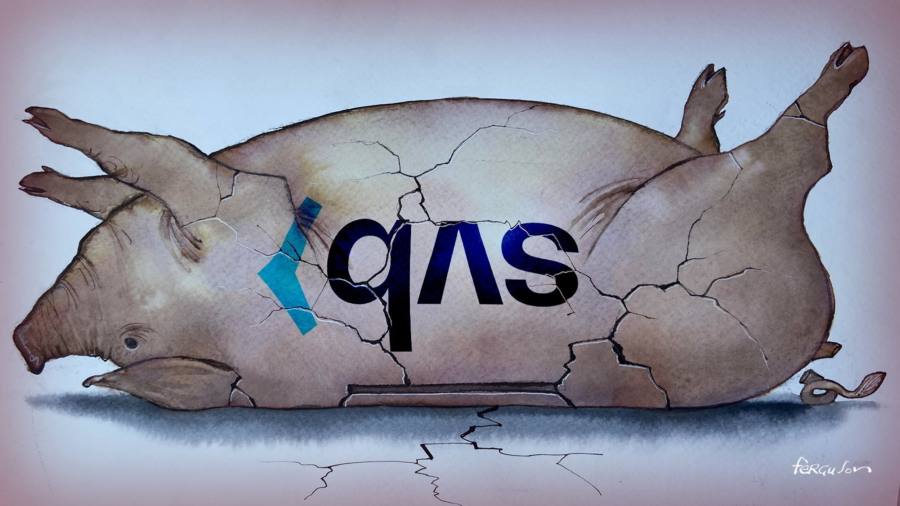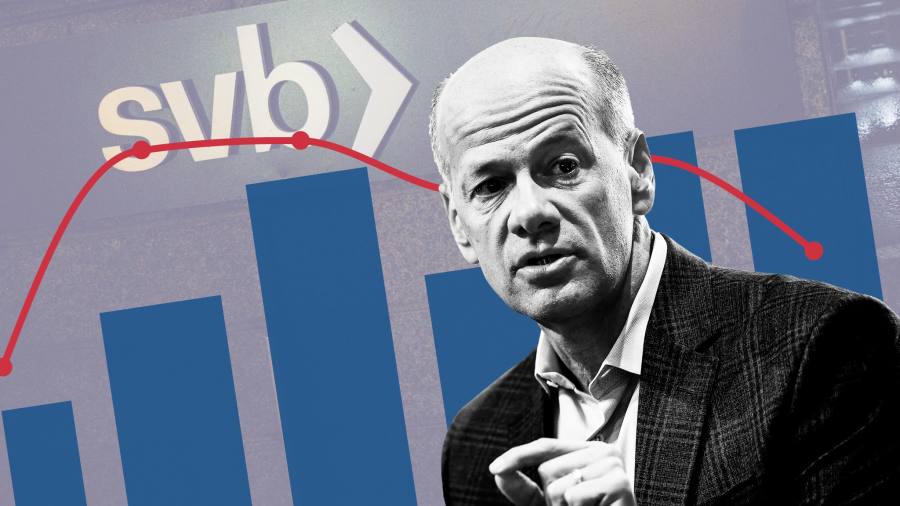
Banks fail. When they do, those who stand to lose scream for a state rescue. If the threatened costs are big enough, they will succeed. This is how, crisis by crisis, we have created a banking sector that is in theory private, but in practice a ward of the state.

Treasury Secretary Janet Yellen said Tuesday that the federal government could step in to protect depositors at additional banks if regulators see a risk of a run on the banking system. Ms. Yellen delivered remarks at a gathering of the American Bankers Association in Washington as she and other federal officials try to shore up confidence in the U.S.

Executive pay at Silicon Valley Bank soared after the bank embarked on a strategy to boost profitability by buying riskier assets exposed to rising interest rates, according to a Financial Times analysis of securities filings and people familiar with the matter.







All comments (0)